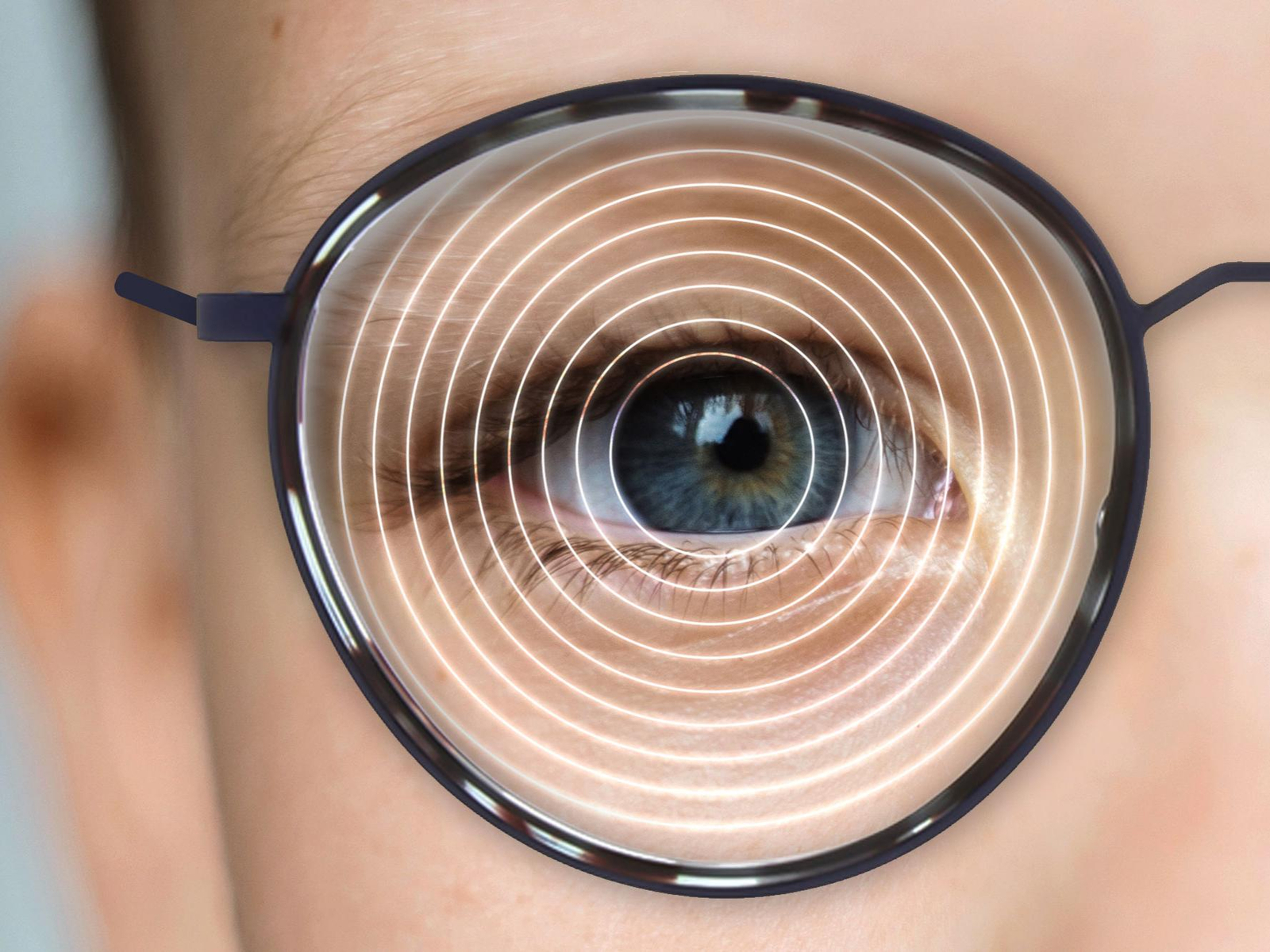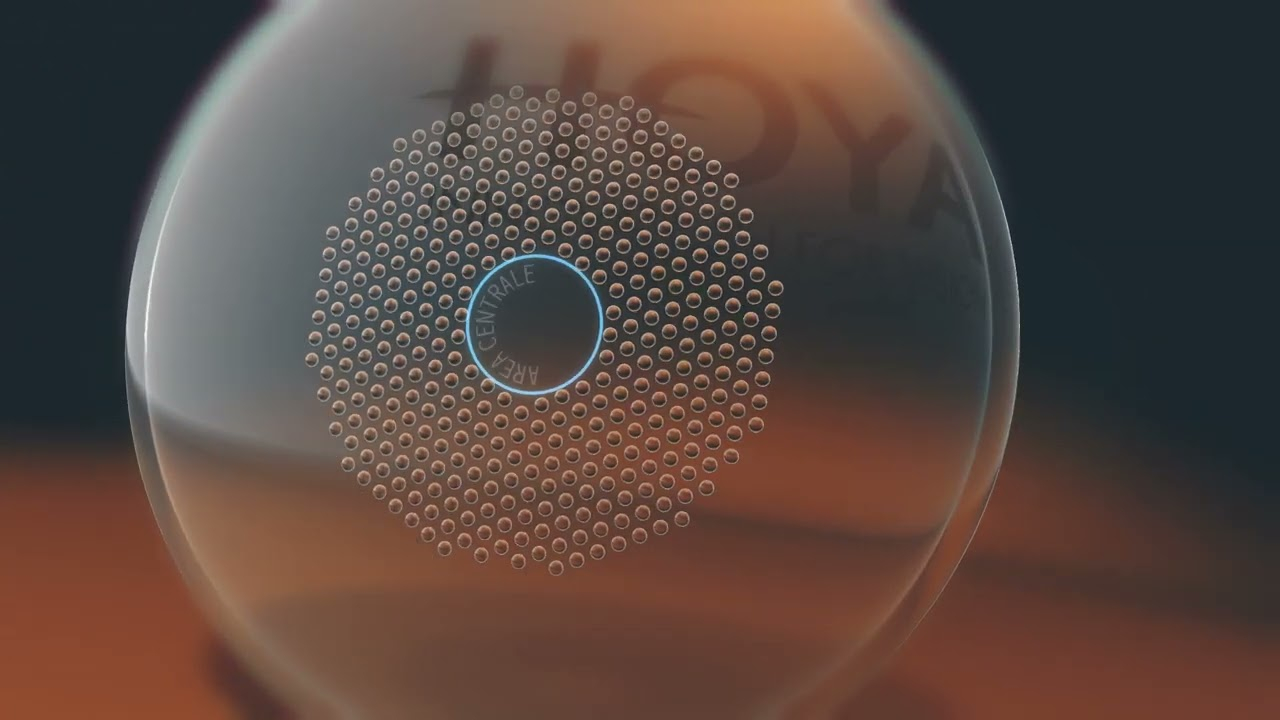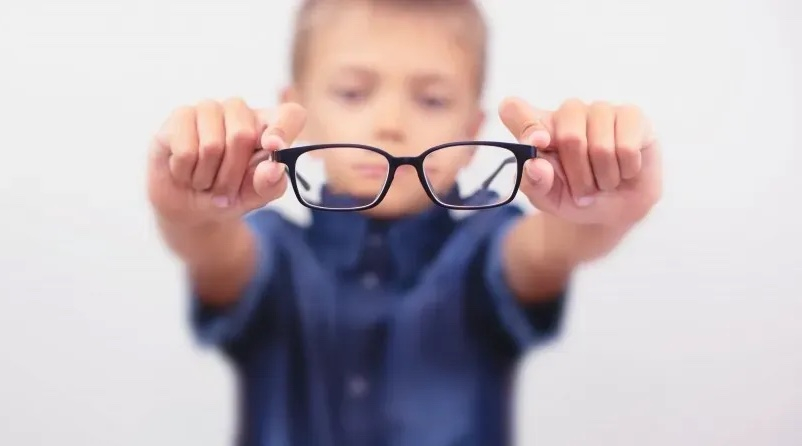Myopia Control: Brampton | Cambridge
Atropine, Lenses, Contacts, & Ortho-K

Myopia Control for Kids: Slow Nearsightedness Progression - Cambridge | Brampton
Understanding Myopia (Nearsightedness, Shortsightedness)
Myopia, commonly referred to as nearsightedness or shortsightedness, is a vision condition where distant objects appear blurry. This occurs because the eyeball elongates slightly, causing light rays to focus in front of the retina instead of directly on it. Myopia progression refers to the gradual worsening of nearsightedness over time, often happening during childhood and adolescence. Wondering "what is myopia"? This comprehensive guide explores the condition in detail.
Myopia Management: Slowing Down Nearsightedness Progression
There is currently no cure for myopia, but fortunately, there are management strategies available to slow down its progression. These strategies can help reduce the need for stronger corrective lenses over time and potentially lower the risk of future eye complications associated with high myopia. Concerned about your child's nearsightedness? G&G Eye Doctors are leaders in children's eye care and offer a variety of myopia management services to help your child see clearly and reduce the risk of future complications.
Myopia Onset and Progression in Children and Young Adults
Myopia typically starts in childhood, between the ages of 6 and 8. During childhood and adolescence, the eyeball continues to grow, and myopia (or myopic vision) may worsen. This progression usually slows down or stops by early adulthood, when the eye reaches its full size.
Myopia and Eye Health: Why Early Intervention Matters with G&G Eye Doctors Matters
While having a mild degree of myopia is generally harmless, highly myopic eyes (with a very strong prescription) are longer than normal eyes. This increased length puts them at a higher risk of developing certain eye diseases later in life, such as glaucoma, retinal detachment, and myopic macular degeneration. Early intervention with myopia management can be beneficial in reducing this risk. Schedule a comprehensive children's eye exam at G&G Eye Doctors today to discuss myopia management options for your child.
Starting Myopia Management for Children
The ideal time to begin myopia control is when nearsightedness is first diagnosed in a child. Early intervention can be more effective in slowing down the progression compared to starting treatment later. Schedule a children's eye exam with an eye doctor for children near you to discuss myopia control options. G&G Eye Doctors have extensive skill and knowledge in children's eye care and offer a variety of myopia management services.

Myopia Control Methods: Different Options to Slow Nearsightedness
There are several options available to help slow down myopia progression. The best approach will depend on your individual needs and preferences. Here's a breakdown of some common methods:
- These drops work by gently dilating the pupil, which reduces the eye's ability to focus on near objects. This can help to slow down the elongation of the eyeball. It's important to note that these drops can cause light sensitivity and temporary near vision problems.
- These special contact lenses, including brands like Miyosmart lenses and Hoya lenses, have multiple zones of focus, allowing for clear vision at all distances. They may help to control myopia progression by providing a clear image on the retina and reducing the focusing effort required for near vision.
- These are rigid gas permeable lenses worn overnight. While you sleep, they gently reshape the cornea, temporarily correcting your vision during the day. Ortho-k lenses can be a good option for those who don't want to wear glasses or regular contact lenses during the day. However, there's a slightly higher risk of eye infections compared to soft contact lenses.
- Specialty myopia control lenses are available, including Stellest lenses from Essilor or MiyoSmart lenses from Hoya. Consult with your eye doctor to determine if these options are suitable for you or your child.
Low-dose atropine eye drops:
Multifocal/Myopia control soft contact lenses
Orthokeratology (Ortho-k):
Prescription Specialty Lenses:
Our experienced eye doctors will work with you and your child to develop a personalized myopia management plan. Visit our Brampton or Cambridge eye clinic today.

Natural Myopia Control: Spending Time Outdoors May Help
While there is no guaranteed natural way to slow down myopia progression, some research suggests that spending more time outdoors and engaging in activities that require focusing on distant objects may be helpful. The exact reason for this potential benefit is still being studied, but it's thought that increased exposure to natural light may play a role.
Glasses and Myopia Progression: No Evidence They Worsen Nearsightedness
There is no evidence that wearing glasses worsens myopia. In fact, wearing proper corrective lenses can help to prevent eyestrain, which some studies suggest may be a contributing factor to myopia progression. Wearing properly fitted glasses ensures you see clearly and comfortably, reducing the need for the eye to constantly adjust its focus.
Combining Myopia Control Methods for Better Results
In some cases, combining myopia control methods may be more effective than using just one method. For example, a doctor might recommend using low-dose atropine eye drops along with multifocal contact lenses like Stellest lenses. However, the best approach depends on the individual case and should be discussed with your eye doctor.
Myopia Control Side Effects: Weighing the Options with Your Doctor
Each myopia control method has its own potential side effects. It is important to discuss these with your eye doctor to determine the best option for you or your child. For example, as mentioned earlier, atropine
Schedulde your eye exam our Brampton or Cambridge Eye Clinic today. Our experienced eye doctors will develop a personalized myopia management plan to help safe gaurd your childs future vision.
